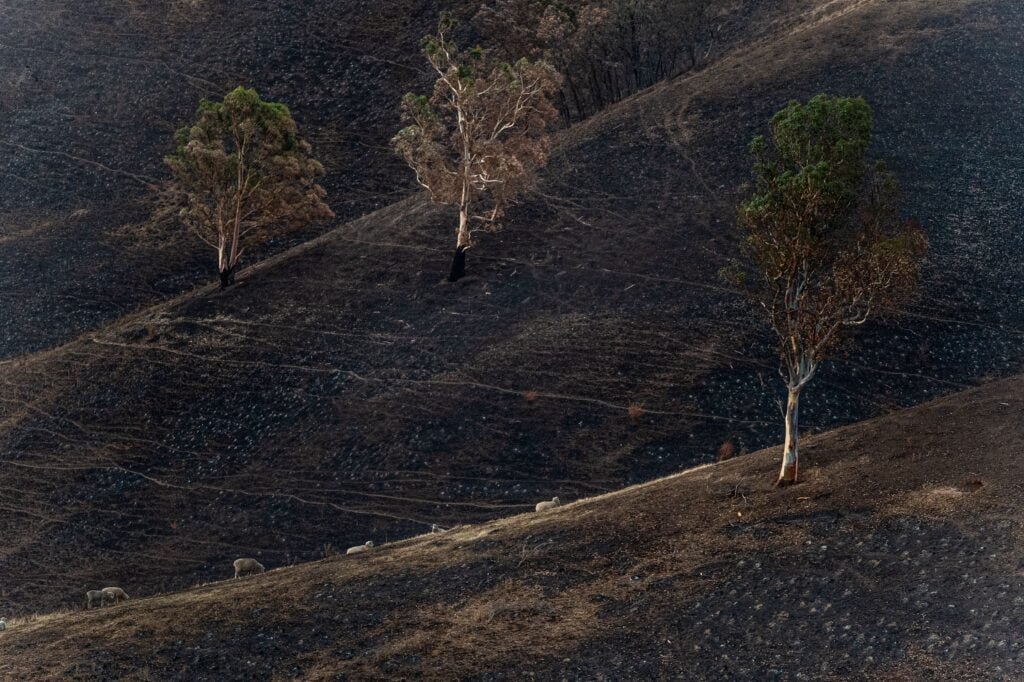Here are the key points from the Australian Bureau of Meteorology bi-annual report on the science of climate change, just released, and a neat youtube:
Can someone please pass this on to Scott Morrison, Barnaby Joyce, Joel Fitzgibbon, and anyone else who doesn’t get it…
- Australia’s climate has warmed on average by 1.44 ± 0.24 °C since national records began in 1910, leading to an increase in the frequency of extreme heat events.
- There has been a decline of around 16 per cent in April to October rainfall in the southwest of Australia since 1970. Across the same region May–July rainfall has seen the largest decrease, by around 20 per cent since 1970.
- In the southeast of Australia there has been a decline of around 12 per cent in April to October rainfall since the late 1990s.
- There has been a decrease in streamflow at the majority of streamflow gauges across southern Australia since 1975.
- Rainfall and streamflow have increased across parts of northern Australia since the 1970s.
- There has been an increase in extreme fire weather, and in the length of the fire season, across large parts of the country since the 1950s, especially in southern Australia.
- There has been a decrease in the number of tropical cyclones observed in the Australian region since 1982.
- Oceans around Australia are acidifying and have warmed by around 1 °C since 1910, contributing to longer and more frequent marine heatwaves.
- Sea levels are rising around Australia, including more frequent extremes, that are increasing the risk of inundation and damage to coastal infrastructure and communities.
Observations, reconstructions and climate modelling paint a consistent picture of ongoing, long-term climate change interacting with underlying natural variability. Associated changes in weather and climate extremes—such as extreme heat, heavy rainfall and coastal inundation, fire weather and drought—have a large impact on the health and wellbeing of our communities and ecosystems. They affect the lives and livelihoods of all Australians.
Australia needs to plan for and adapt to the changing nature of climate risk now and in the decades ahead. Reducing global greenhouse gas emissions will lead to less warming and fewer impacts in the future.
Future
In the coming decades Australia will experience ongoing changes to its climate. Australia is projected to see:
- Continued increases in air temperatures, more heat extremes, and fewer cold extremes.
- Continued decrease in cool season rainfall across many regions of southern and eastern Australia, likely leading to more time in drought, yet more intense, short-duration heavy rainfall events.
- A consequential increase in the number of dangerous fire weather days and a longer fire season for southern and eastern Australia.
- Further sea level rise and continued warming and acidification of the oceans around Australia.
- Increased and longer-lasting marine heatwaves that will affect marine environments, such as kelp forests, and raise the likelihood of more frequent and severe bleaching events in coral reefs around Australia, including the Great Barrier and Ningaloo reefs.
- Fewer tropical cyclones, but a greater proportion projected to be of high intensity, with large variations from year to year.
Photo by Jo-Anne McArthur on Unsplash

